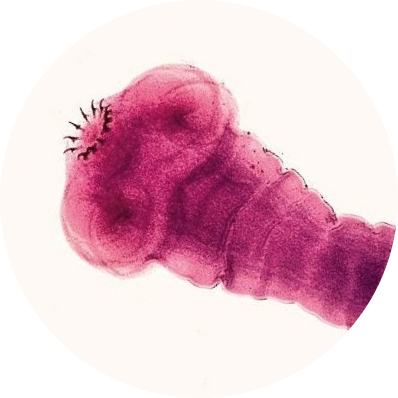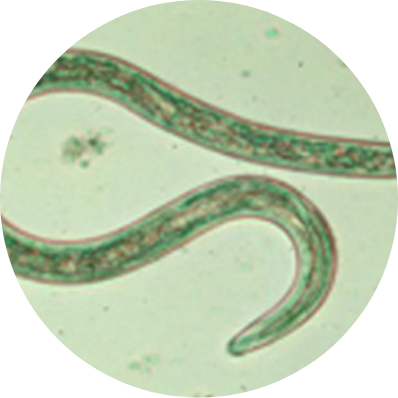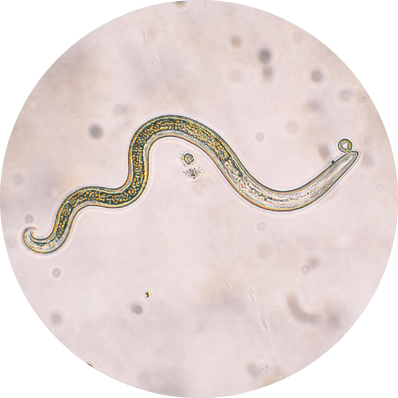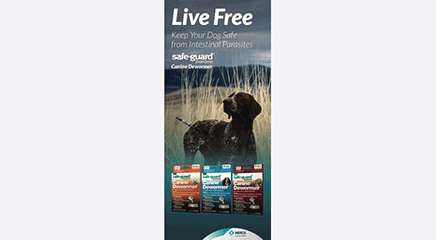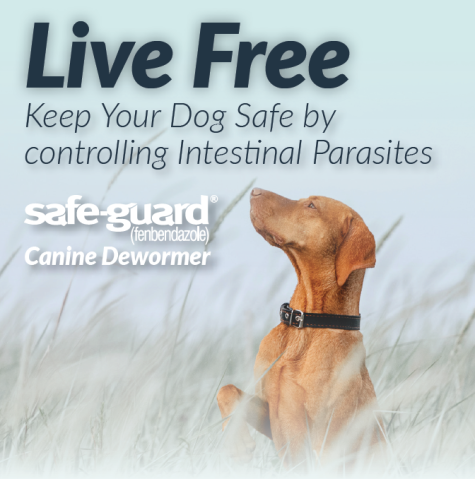Whipworm
(Trichuris vulpis)
Canine Whipworms (Trichuris vulpis) get their name from their whip-like shape.
- Whipworms infect not only dogs, but also wildlife such as foxes and coyotes.
- Eggs are passed to the environment in the feces on an intermittent basis where they remain.
- Not all dewormers target Whipworms. SAFE-GUARD is an effective way to combat this parasite.
A Common Threat
This intestinal parasite is quite prevalent throughout the U.S.1, especially in adult dogs.
Infection
Dogs become infected by accidentally eating whipworm eggs from contaminated soil (while grooming, for example).
Treatment
Because most canine worm treatment products are not effective against whipworms, extra care must be taken when choosing a dog dewormer for whipworms.
Fenbendazole, the active ingredient in SAFE-GUARD Canine, is recommended and is commonly used to control these parasites.






